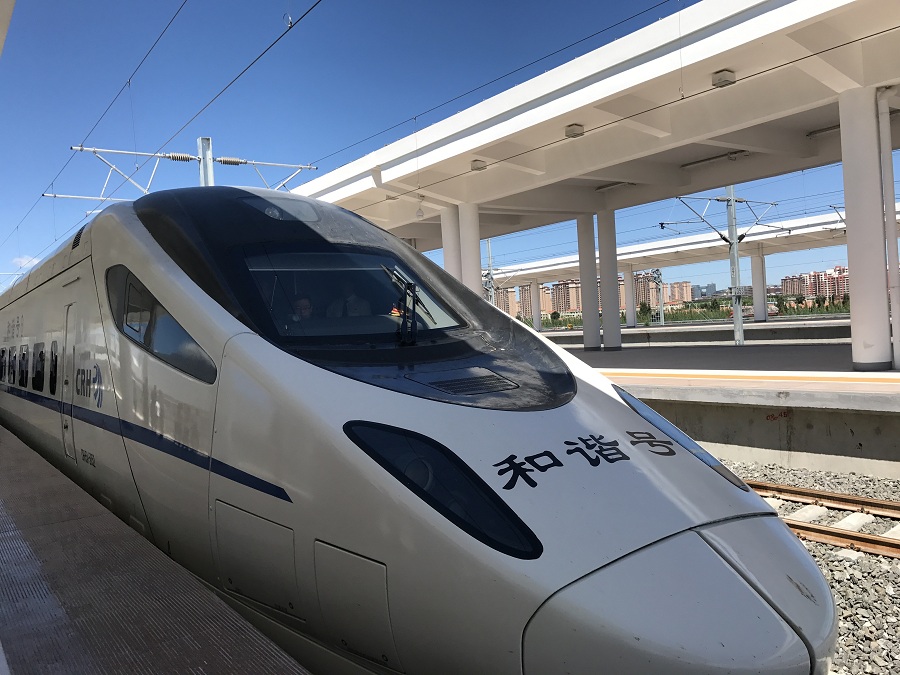Inner Mongolia draws up transport work in 2015
By Liu Yufen (chinadaily.com.cn)
Updated: 2015-01-16
The Inner Mongolia autonomous region held a regional transport work conference on Jan 14.
According to the meeting, Inner Mongolia will complete an investment of 70 billion yuan ($11.31 billion) in transport in 2015, with the construction scale of highways reaching 18,000 kilometers and mileage of expressways hitting 5,000 kilometers.
In 2015, the region's transport system will operate in line with the state and regional development strategies, especially the "One Road and One Belt" strategy. The "One Belt" refers to the Silk Road Economic Belt. The "One Road" refers to the Maritime Silk Road. It is a strategy for promoting communication and economic cooperation among the neighboring countries.
The arterial highways in the region will serve as axes in the region’s opening up. More cooperation will be expected between Inner Mongolia and its neighbors, including the surrounding provinces and regions, as well as international neighbors like Russia and Mongolia, during the construction of crucial channels, nodes and key projects in the transport sector. For example, the construction of a port highway that links Ganqimaodu port, a port on the China-Mongolia border, with Linhe in Bayannur will kick off this year.
The region plans to achieve a higher level of connection with Russia and Mongolia as well as the surrounding provinces and regions. In order to reach the north section of the Silk Road and prepare for the region's integration into the Silk Road Economic Belt, an expressway from Linhe to Hami prefecture in the Xinjiang Uygur autonomous region will start construction.
The region will also push transport construction in the Silk Road’s radiated areas.
The construction of expressways such as one from Tongliao to Lubei will help to create high-speed channels to connect Inner Mongolia with sea ports in North China and integrate the region into the Maritime Silk Road.
In addition, as a measure to improve livelihood, Inner Mongolia's transport tasks in 2015 include speeding up the construction of asphalt and cement road construction in villages, as well as a road hardening project.
Edited by Michael Thai

High-speed train debuts in Inner Mongolia
A bullet train departed Hohhot East Railway Station for Ulanqab marking the start of high-speed rail services using Inner Mongolia’s first newly-laid high-speed railway on Aug 3.
